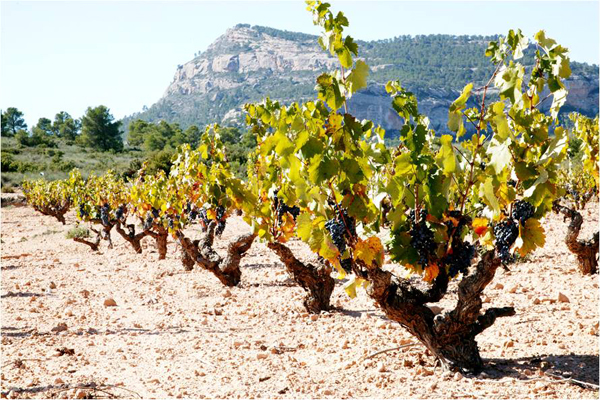Wine: On The GrapeVine
Spanish Flavour

In 1998, Bordeaux heavyweight Bruno Prats sold the family estate – the classified Second Growth Cos d’Estournel in St-Estephe. Today, Prats is behind Vina Aquitania in Chile, with partners including Paul Pontallier (of Chateaux Margaux), Chryseia in Portugal (with the Symingtons), and Anwilka in South Africa (with Hubert de Bouard de Laforest, owner of Angelus).
Prats continues to work with classic French varietals but in Portugal has embraced the Douro’s top two indigenous grapes, Touriga Nacional and Touriga Franca.
Now he’s created AlfYnal in the Spanish region of Alicante DO, working with another fascinating grape – the red variety Monastrell (also known as Mouvedre). It grows in southeastern regions including Jumilla and Yecla, across to Alicante on the coast.
What do the Spanish themselves think of this variety? “It is known in Spain but only by those people who really like wine,” says Daniel Castano, from Familia Castano estate in Yecla DO. He adds that the southeastern wine growing areas of Spain are probably more recognised in export markets, with a growing reputation for offering great value for money.
“The majority of vines are old: upwards of 40 years”
There are few grapes that can stand this area’s intensity of heat, or indeed that require so much heat to ripen fully. Yet the grapes still maintain refreshing acidity. The vines are not trained, but sit close to the ground in bush style – providing sun protection for the grapes. The majority of vines are old: upwards of 40 years.

Yields are low on old vines, creating intensity of flavours, with earth and spice complementing red and black fruits, but what is most thrilling about these wines is their freshness. One wonders how is it possible to make such a refreshing style of wine, with tamed tannins. High altitude slopes are critical, but then it is about varietal selection. “Monastrell vines are very well adapted to dry weather,” says Castano. “It is one of the most resistant varieties, as far as we are aware.”




















